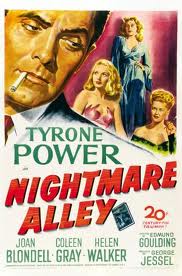 “Nightmare Alley” (1947, Edmund Goulding) plays at 7 p.m. Sunday, Nov. 24, at UCLA’s Billy Wilder Theater in Westwood. You will not be disappointed!
“Nightmare Alley” (1947, Edmund Goulding) plays at 7 p.m. Sunday, Nov. 24, at UCLA’s Billy Wilder Theater in Westwood. You will not be disappointed!
Lest you think classic noir is limited to private-eye offices, police stations and penthouse apartments, director Edmund Goulding’s flick transports us to the seedy world of traveling carnivals. Tyrone Power is Oscar-worthy as Stan Carlisle, a charismatic hustler looking to break into the big time. The excellent cast includes Joan Blondell, Coleen Gray, Helen Walker, Ian Keith and Mike Mazurki. Based on William Lindsay Gresham’s novel.
This is one of my all-time fave film-noir titles!
You can read the full review here.





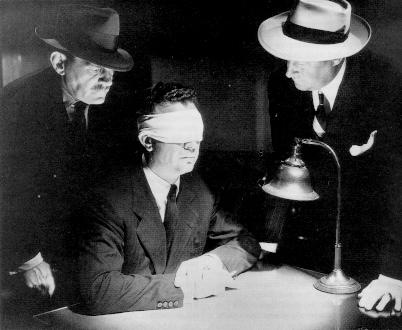
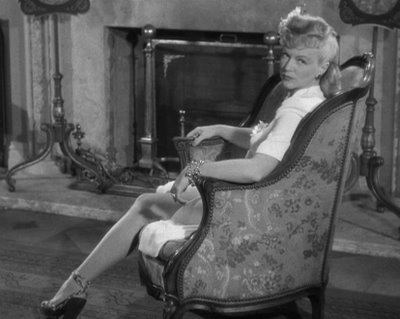
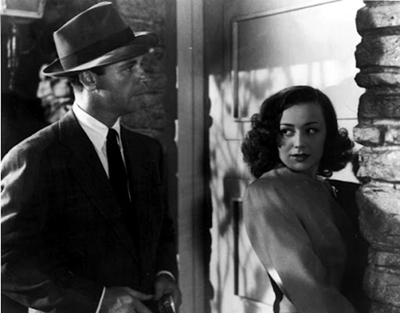
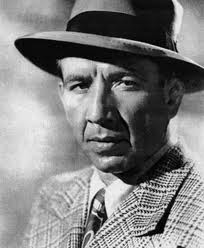
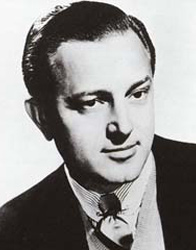
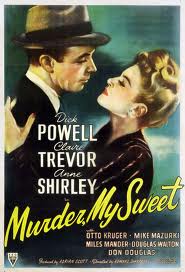
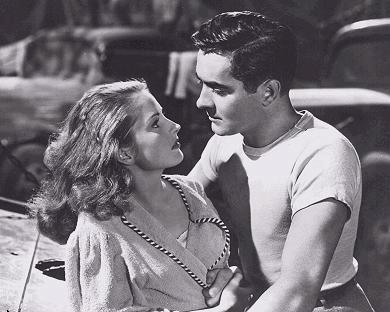
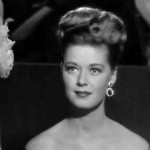
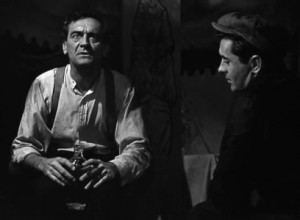
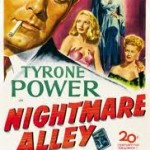





From FNB readers